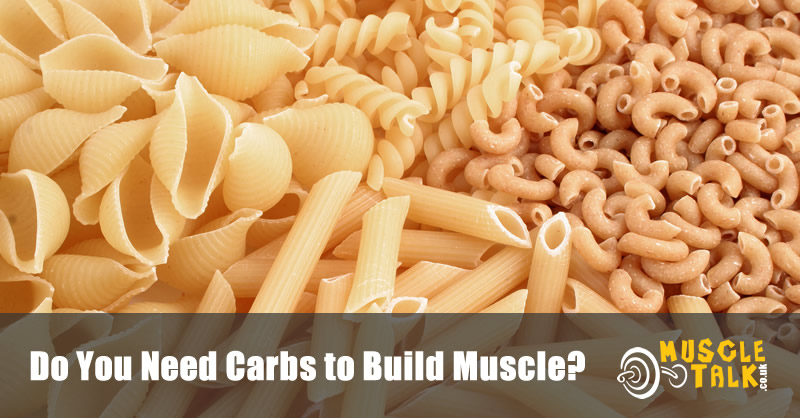Carbohydrates are organic compounds containing carbon, hydrogen, and oxygen; they are nutrients which are a very effective fuel source for the body. Each gram of carbohydrates provides us with four calories of energy. In order to understand the various carbohydrate foods and supplements, it will be useful to know a few terms:

- Monosaccharide: The simplest form of carbohydrate, i.e. one sugar molecule. Examples are glucose and fructose.
- Disaccharide: A carbohydrate compound made up of two sugars. Examples are sucrose (table sugar), lactose (milk sugar), and maltose.
- Oligosaccharide: Carbohydrate chain of a few simple sugars in length.
- Polysaccharides: Carbohydrates containing a large number of sugars. Starch, glycogen, multidextrose, and cellulose are examples.
- Glycogen: This polysaccharide is the storage form of carbohydrate in animals, in muscle tissue and the liver.
Principally, the carbohydrates in our diet are sugars and starches. Sugars include table sugar (sucrose), glucose, fructose, milk sugar (lactose) and others. Starches are obtained from complex carbohydrate foods like, bread, potatoes, rice, pasta, etc.
However, dietary carbohydrates are a lot more complicated than just sugars and starches; so to make things easier we use the term Glycaemic Index (GI) which is a measure of the reaction of the blood glucose levels to consuming a food when compared with glucose, which has a GI of 100. Low GI foods below about 55 cause glucose levels in the blood to rise only slowly and over a long time period, compared with high GI foods of over 70, which lead to a rapid but short lived rise in blood glucose.
High GI foods include sugars, white and wholemeal bread, some breakfast cereals, white pasta, old potatoes, cakes, sweet biscuits, confectionary. Low GI foods include oats, basmati rice, wholewheat pasta, new potatoes, sweet potatoes and granary bread. Ideally we should be basing our meals around low GI carbs in order to provide an efficient influx of energy. View GI Tables here.
Fibre, strictly speaking, is a carbohydrate, but it’s the term used to describe all the carbohydrates which humans cannot digest; hence the correct term for fibre is non-starch polysaccharide (NSP). Some other animals can digest some fibres and utilise them as nutrients for energy, e.g. cows and rabbits.
There are a range of carbohydrate supplements commercially available including dextrose (the simplest carb), maltodextrin (a synthetic polysaccharide with a high GI), activated barley (low GI) and waxy maize starch (WMS) and Vitargo (both super-high molecular weight carb powders giving them a very high GI, ideal for refuelling post workout).
Carbs are a great source of energy, but what types we use and how we use them will have a huge impact on our performance and progress. We should all be basing our meals around low GI carb foods, but the quantity we have at each meal will vary depending upon our goals. For instance, if you’re trying to lose weight, the portions will need to be smaller, whereas if you’re a hard gaining strength trainer or bodybuilder you can get away with a lot larger portions of low GI carbs at meals.
Post workout is where the high GI carb supplement powders will come in handy to help replenish stores. Adequate refuelling after training will help energy levels for the next workout. A maltodextrin-dextrose combo will be fine for most of us, but for those of us into hard training at competition level, where prompt recuperation is imperative, then Vitargo or WMS will be great choices.
If you’re a hard gaining bodybuilder who struggles to eat the amounts of food required to gain muscle, 3-4 scoops of maltodextrin in water sipped through the day is a great way to supplement your carbohydrate intake.
Carbohydrate loading is a technique used by competitive athletes and bodybuilders with whereby muscle glycogen reserves are increased in greater than normal amounts pre-event. Carb loading usually involves two or three days of a large, regular intake of a mixture of high and low GI carb foods. The idea is that muscle glycogen levels are maximal which will help muscle endurance and make the muscles appear fuller.
